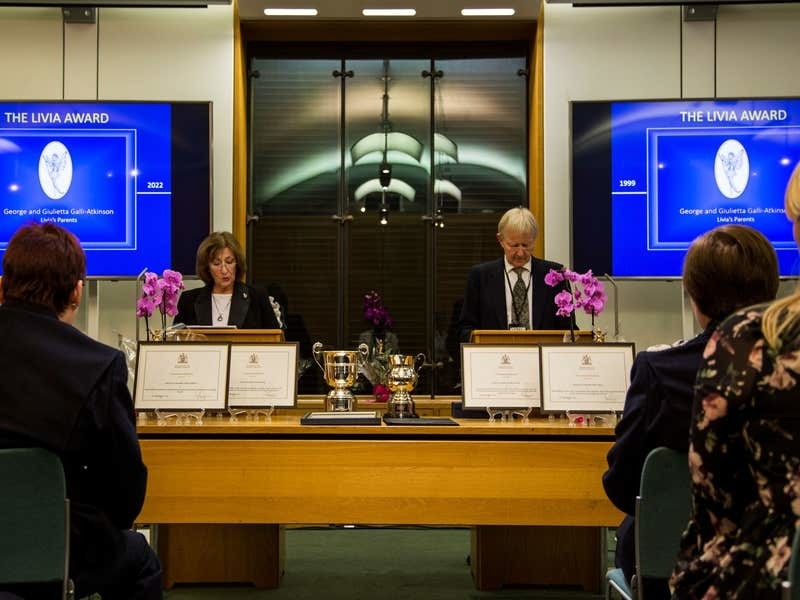CONFUSION over responsibility for maintaining the Opera House could leave the government open to potential liability ‘in the case of an incident’, a government watchdog has suggested in a review of grants to arts-and-heritage organisations.
In a report published today, Comptroller and Auditor General Lynn Pamment notes that the unfunded cost of repairing the theatre prevented the Opera House board signing a lease on the States-owned building, which has been closed since the start of the pandemic. This leaves what she described as ‘a lack of clarity over responsibilities for repairs and maintenance and the potential for a lack of clarity over liability in the case of an incident’.
The C&AG said the government must resolve the situation before the theatre reopens in 2024, following refurbishment now expected to cost more than £11 million.
‘This legacy situation is clearly unsatisfactory. Appropriate arrangements should be put in place to ensure that the value added by the new investment as part of the arts strategy is protected by a cyclical maintenance plan and clear responsibilities for delivering this in future years,’ she wrote.
Although the main focus of Ms Pamment’s report is on grants given by the government to support the cultural sector, she includes commentary on two fiscal-stimulus funding applications that were not ultimately paid – grants to support the refurbishment of the Opera House and Jersey Arts Centre, both of which were subsequently withdrawn because they failed to meet the fund’s timescale.
In the case of the Arts Centre’s funding, she said she ‘fails to understand’ why the government gave the Jersey Arts Centre Association £2.1m in November 2021 for a refurbishment that had to be completed by 31 December the same year, even though work had not started when the grant was paid.
‘At the time, it would not have been possible for a project of this nature to be completed by the deadline… and I fail to understand why it was advanced. The JACA accounts for 2021 disclose the amount held as a liability to be paid to the States and this was repaid in March 2022,’ Ms Pamment wrote.
Like the fiscal stimulus bid to refurbish the Opera House, the JACA’s bid was given the go-ahead but then reconsidered because it failed to fulfil the requirement that work was completed in ‘timely’ fashion. While the Opera House’s funding was later included in this year’s Government Plan, no alternative source has yet been identified for the Arts Centre’s refurbishment – although some funding has been set aside for feasibility work next year.
Analysing the two applications, Ms Pamment says: ‘The business cases for the refurbishments to the Jersey Arts Centre and the Opera House both include an assertion that the condition of the building is due to underinvestment by the States over a period of years which now needs to be addressed.
‘In the interests of expediency, the refurbishment costs for both were based on outdated condition surveys completed in 2019 uplifted by 18.34% to reflect 2021 prices. In both cases, the timetable for such a volume of works was overambitious, particularly given the need to obtain planning consents.’
The C&AG is also critical of the process leading to approval of the one-off Fiscal Stimulus Fund grants.
‘All business cases had to be prepared within a short period of time. The conclusion from my review of all business cases is that quantifiable benefits for the preferred option were limited and alternative options were dismissed with minimal analysis in most cases.
‘The minutes of key meetings indicate that many projects were agreed by [the] Fiscal Stimulus Oversight Group in a short space of time,’ she states.
Ms Pamment also reviewed Jersey Heritage’s Elizabeth Castle restoration work, which she says reflects good practice, combining a strategic case with a range of options alongside the rationale for the preferred approach.
‘The economic case considers each option for strategic fit, value for money, supplier capacity, affordability and achievability.
‘A detailed strategic, financial, economic, commercial and management case is also included with a relevant risk assessment,’ she adds.






